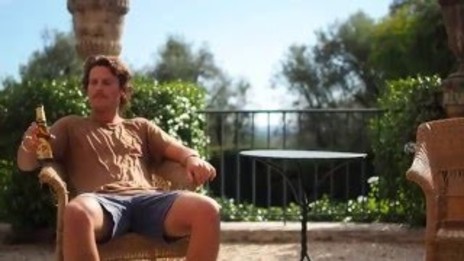AudioCulture
The noisy library of New Zealand music
Te pātaka korihi o ngā puoro o Aotearoa
Baynk
aka Jock Nowell-Usticke
His growing single-mindedness of purpose helped him find a huge audience online. He applied the same passion to his live shows and was soon touring packed houses across the US. As his accumulated streams broke into the hundreds of millions, he reached an even greater benchmark when he was nominated for a Grammy Award.
Baynk’s real name is Jock Nowell-Usticke. Born in Sydney, his family relocated to Hawke’s Bay which is where he first had piano lessons at age five.
As a teen at Whanganui Collegiate School, he was roped into a band for Smokefreerockquest as keyboard player and they were awarded the People’s Choice Award at the local heat. He then left to study Chemical Engineering at the University of Canterbury, where he once again ended up in a band with friends, The Flannel Gamblers. They mostly played flat parties but also appeared at the annual Toga Party.
The Flannel Gamblers got the chance to record in a professional studio, but Jock was disappointed with the results. He decided he should record them himself, though couldn’t help himself from manipulating the sound of the recordings until he’d changed the songs so much that they’d be near-impossible to perform live.
He graduated and took his first jobs as an engineer. His friends from the year above had already warned him that entry-level jobs in the area could be dull and this vibed with his own experience – he found himself entirely disinterested in his new career.
Baynk takes off
Jock finally made the decision to throw himself into his music by undertaking the challenge of writing 100 songs in 100 days. He didn’t want the hassle of clearing vocal samples, so took recordings of his own voice which he would cut up and manipulate. Throughout his youth, he had loved going to music festivals so he aimed to make the kind of music he would want to hear at one of those events – dance music you could groove to, but which also had an atmospheric, downbeat edge to it.
This represented the two sides of his own personal taste. On the one hand he was a fan of the paired backbeats of future bass pioneers such as Flume, Cashmere Cat, and Rustie, but at the same time he was also fascinated by the music of James Blake and Bon Iver. Somehow he wanted to fuse these influences to make music that was both moody and danceable.
Jock came up with the idea of using the artist name “Baynk” while in the shower
Jock came up with the idea of using the artist name “Baynk” while in the shower and he added it to a list of 20 possible names, before gradually crossing the others off until it was the only one that remained. He wanted something that had no prior meaning and could take on its own resonances, so it seemed perfect. He applied the same approach to the art on his early singles, with his face replaced by another image (palm trees or waves) or by using photos in which his face was obscured.
At the end of the 100 days, he’d managed to create 60 tracks, including the song ‘Sundae’ which he put up onto Soundcloud. There wasn’t much reaction at first and he had already made plans to go overseas. A little while later, he was buying alcohol at a supermarket in Budapest on his way to attend the Sziget festival, when his phone rang. It was the organiser of Laneway, who’d heard ‘Sundae’ and loved it, so wanted to offer him a slot at the festival in 2016.
His career jumped up another level when he released ‘What You Need,’ which had vocals by local singer Nïka and showed that his downbeat sound could also reach in a pop direction. Growing interest overseas saw him offered a support slot with Norwegian DJ Matoma for a two month tour of the US. He also ticked off a personal goal by performing at some of the festivals at home that had originally inspired him such as Rhythm and Alps and Rhythm and Vines.
His next two singles – ‘Could You’ and ‘Find You’ – were both ones he had written while overseas, having been inspired by being in new cities. He also co-wrote ‘Faking Bright’ with US-based Kiwi singer, Saski, which did well online.
His first single of 2017 ‘Poolside’ set a new path forward. For the first time, he put his singing at the heart of a track, rather than just using it as a texture. He wrote it while sitting by a friend’s pool and imagining how much nicer it would be if he had a girlfriend with him. His singing was also front and centre on ‘Come Home’ written with Washington DC producer Shallou. These tracks formed the heart of his seven song Someone’s EP I (2017).
LA life
In 2018, Baynk moved to Los Angeles, so that it would be easier for him to tour the US. It gave him the chance to collaborate with other musicians drawn to the city. He befriended a neighbour in his apartment building, musician Phil Good. Phil introduced him to an experienced creative who would become his long-term collaborator, Spencer Graves.
Baynk always had a strong idea of how he wanted his artwork and videos to look, but didn’t have the technical expertise to turn them into a reality. Fortunately, Graves was a talented production designer and director, who worked with artists like Kendrick Lamar and FKA Twigs. Graves not only helped realise Baynk’s concepts, but also folded in his own imaginative ideas.
The first music video they worked on together was for the song ‘Be In Love’. It laid the groundwork for Baynk’s visual style, with scenes shot against a blank backdrop that gave them a sense of the surreal. The other crucial member of Baynk’s team at this early stage was his manager, Andrew Jackson (from Milton Archer). Their support allowed Baynk to continue growing his career, while remaining an independent artist.
‘Poolside’ and ‘Come Home’ proved Baynk’s voice could be enough to power a hit
The massive success of ‘Poolside’ and ‘Come Home’ proved Baynk’s own voice could be enough to power a hit. Nonetheless, he also continued to work with outside vocalists and found the collaboration could be a great way to push past a moment of writer’s block. He collaborated with LA-based UK singer Sinéad Harnett on ‘Settle’ and it pushed him to a new level: his songs went from millions of streams to tens of millions of streams.
Baynk also found a new audience in Australia via regular airplay on Triple J, especially after he released the track ‘Off Limits’ which featured Sydney group Glades. He had first heard their song ‘Drive’ on the radio back in New Zealand and eventually reached out to them. They lived in Hollywood by that stage so he visited their home studio, where they managed to record a song together during a single, fast paced four-hour session. It opened new doors in the US after it was placed on the New Music Friday playlist in the US (which has over four million followers).
Baynk’s success was also driven by his striking live show, which included his own lighting setup. As a teen, he learnt to play saxophone and guitar, and used these in the recording studio. He only had a student saxophone, but decided it would be entertaining to play it live; the audience loved it. In April and May 2018 he toured across the US supporting Kasbo, but by the following year he found he could return to the same venues as a headliner and pack them out. He also performed at the legendary Coachella music festival.
One of his most memorable live slots was at Lollapalooza in Chicago, where he looked out from the stage to see the sun slowly setting while Chance The Rapper finished his set on the stage opposite. As the music faded, the massive crowd turned to face Baynk just as he dropped his first beat of the set.
It wasn’t all smooth sailing. There was one live show where he forgot to turn up the volume of the front-of-house speakers before he walked onstage. He could hear the music through his in-ears so he launched into the first track, enthusiastically dancing behind his equipment. The crowd watched him without any reaction. It took a couple of moments before Baynk finally popped out one of his in-ears to discover the audience was watching him in complete silence.
‘Water’ perfectly fused his love of abstract sounds and dance beats
Perhaps Baynk’s biggest step forward from an artistic standpoint was the song ‘Water’ which perfectly fused his love of abstract sounds and dance beats. The main synth riff slipped between notes and even dragged out of time with the rest of the music, but somehow this just made the central rhythm even more engaging. His singles were also combined with remarkable artwork by the Korean commercial artist Linnnn, who he’d discovered via Instagram. The covers showed partial views of people’s bodies laid over pastel backdrops, with swirling thin white lines across the top.
He collected his recent singles together to create a new seven track release, Someone’s EP II. The lead single was ‘go with u’ which was a crystallisation of both Baynk’s emotive downbeat-but-invigorating sound and his visual look (the video by Graves featured him trapped in a glass box that burst into colour at night).
The lyrics were written in collaboration with Annika Wells, who would be a regular songwriting partner in the years that followed, helping Baynk write songs that had a poppy heart, but which nonetheless pushed their imagery to its limit. The idea of “sinking deeper in your ocean” might have had a touch of cliché but the metaphor gained in power as the song went on: “Faster, never thought I’d be the one to dive first / Feet can’t touch the bottom, and the tide’s worse / Falling for you bad, but it’s a nice hurt.”
Online, ‘go with you’ did mammoth numbers, proving once and for all that Baynk wasn’t just a producer, but a star in his own right.
New challenges, new heights
Baynk had begun dropping songs that would make up his next EP, when Covid 19 turned everything upside down. Nonetheless, he decided to go ahead with his release plan. Each of the singles off the EP had artwork in different colours, with the same pattern in a different corner which would then come together to create the EP cover. This included a collaboration ‘DOWN’ with Australian producer Golden Vessel, which again helped him reconnect with his birthplace.
However, the inability to tour made it less important for him to be based in the US and when his girlfriend’s visa ran out, they decided to relocate to London. He had an Irish passport so could settle in the UK, while also having the freedom to travel to Europe without any post-Brexit restrictions (Ireland remains part of the EU). His manager Andrew also left LA and moved to Sydney, but Baynk was gradually expanding his team to include his booking agents Ferry and Sam who had offices in both LA and Sydney. Baynk’s career was truly a worldwide affair.
His next single featured American singer Tinashe which recorded while still in LA. He had been a big fan of her work and sent her a few demos he thought might suit her. The first couple of them didn’t generate any response, but his growing skills eventually saw him catch her attention with the rough version of ‘Esther’. He was nervous when they first started the process over Zoom, but found her to be very friendly and adaptable as they pieced the track together. She even agreed to fly over to shoot a music video for the track.
The buzz around Tinashe helped ‘Esther’ gain airplay on Elton John’s radio show
The buzz around Tinashe helped ‘Esther’ gain airplay on Elton John’s radio show and it was also listed on the Billboard column “10 Cool Pop Songs to Get You Through the Week”, both of which helped Baynk expand his listenership into new areas.
In his early years, Baynk had always planned to just release singles and EPs, which was common amongst modern pop and dance music acts. However, the idea of creating an album around a central theme became more appealing to him as the years went on. He took inspiration from his youth and his early experiences of falling in love (which seemed to have more drama to them than the contented relationship he was in at the time).
The blocky coloured pixels that made the artwork of the ‘Esther’ single was the start of a rollout of similarly designed covers that would then build to the combined cover of Adolescence (2022). This imagery was inspired by the “Lexical Spectrum” series of artworks by the artist Sine Macpherson, which had a similar pixelated look.
The album drew on his interesting taste in collaborators, from Australian indie group Cub Sport to Chicago duo Drama, who fused elements of hip hop and RnB into their dance music. In January, Line of Best Fit gave the album four stars and called it a “triumphant first outing” with their attention particularly drawn to the way he moulded his music around the various featured artists, creating a variety of sounds from track to track.
An even bigger accolade came later in the year. In November, he received news that he had been nominated for a Grammy Award in the Engineered Album, Non-Classical category. He was able to attend the ceremony in February 2023, along with his girlfriend, some of his collaborators, and a few family members. He lost to Harry Styles, but it was still a mighty achievement.
Baynk took his new confidence into his next album, deciding to front all the songs himself this time around. However, this didn’t mean he worked on the songs alone. Most notably, he reconnected with Rutger van Woudenberg (aka The Nicholas) who had previously co-written the music for ‘Esther’ and its B-side ‘Touch Me (Hold My Hand)’ with him. Rutger had moved to LA from his homeland of Holland, so had a shared experience of being an expat producer.
Baynk’s main instrument had always been his laptop, but he did also use keyboards such as a Prophet-6 and Crumar Seven electric piano. He found that one approach to getting an interesting sound was by feeding these through guitar pedals, something which Rutger also found appealing (often using his own Juno-60).
Once again, Baynk built the imagery of the singles carefully, with each showing a code that had been created for that song and which would appear together on the cover. For his music videos, he had gradually been incorporating more dance-like movements and now decided to throw himself more fully into that world by working with choreographers and directors Keone and Mari Madrid, who had previously worked with Billie Eilish, Justin Bieber, and Omar Apollo.
The result was the music video for ‘Grin’ which was one of songs he’d written with Rutger. He moved with new fluidity through a stunningly fluid set of backdrops, which had a clear connection to his previous work thanks to the ongoing involvement of creative director, Spencer Graves.
Baynk hit a new challenge: He developed the hearing condition tinnitus
Baynk was about to hit a new challenge. All his years of performing had seen him develop a hearing condition, tinnitus. He told Inject Magazine that the diagnosis directly fed into the concept for his next album Senescence (2024).
“Before, I’d felt invincible. I love extreme sports like skiing, water skiing, or mountain biking. I’ve knocked myself out countless times and broken many bones. But I’ve always just come back from it. And then this, tinnitus, just didn’t change. Something had happened to my body that I couldn’t fix. That’s what inspired Senescence – the sentiment of degradation and death, that nothing is permanent. It made me write these songs, although they’re not really about death. They’re about living and cherishing the moment. I still have tinnitus but it doesn’t affect me anymore mentally, and at night I sleep with rain noise on to drown it out.”
He continued to work with Annika Wells on many of the tracks, creating dance music tracks that ranged from the humorous refrain of ‘Mr. Jocko’ (“Mr Jocko, he’s a supervisor”) to a moving meditation on the death of a loved one (‘What Am I Going To Do Without You’). Baynk was still appearing in all the right places – his photo was on the header of Spotify’s Metropolis playlist and ‘Grin’ was played on Elton John’s Rocket Hour – but he knew he was taking a risk by featuring any guest artists on the album.
Yet Baynk had reached a stage in his career where he finally felt as if he was making the music he’d been aiming for from the start. He also continued to push new boundaries as a live performer, on this occasion creating a massive pillow with lights inside it that lifted up the platform on which Baynk and his band were standing. It could even be set-up in the middle of the venue, as seen in the music video for ‘Older’.
Rather than being discouraged by his tinnitus, he took it as a lesson in the fragility of life and the need to appreciate each moment. He told the Melophile Media website that the main mindset that now drove his career was the search for “joy” in life:
“[It] feels so important having that. Not all the time, but as reference for when you’re not in the best place or when you’re content: at a medium, knowing that those moments will happen for the rest of your life. And that’s what I look forward to and keep working towards. I won’t get those special moments without the work and the labour of making music to fit those moments. Touring becomes very hard and it’s so much work, but all you need is just one person to tell you ‘The show was sick’ and it’s all good. Just one song to hit really hard during the show.”
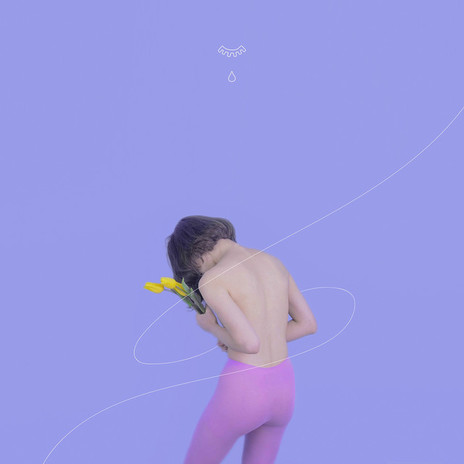
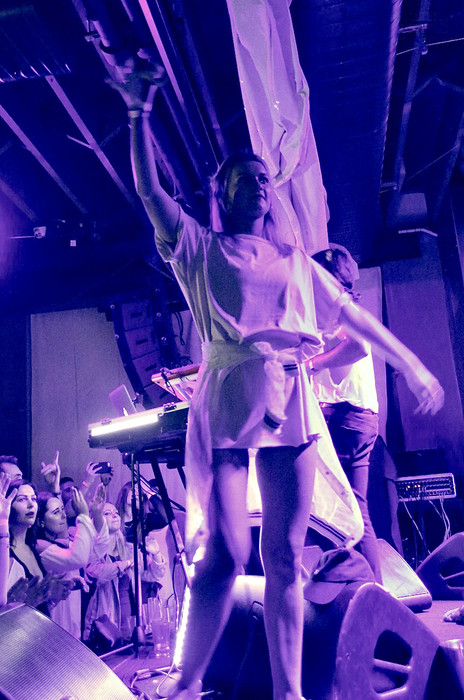
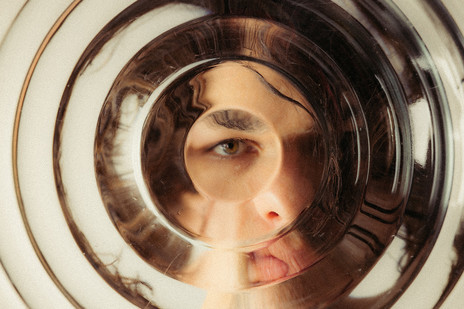
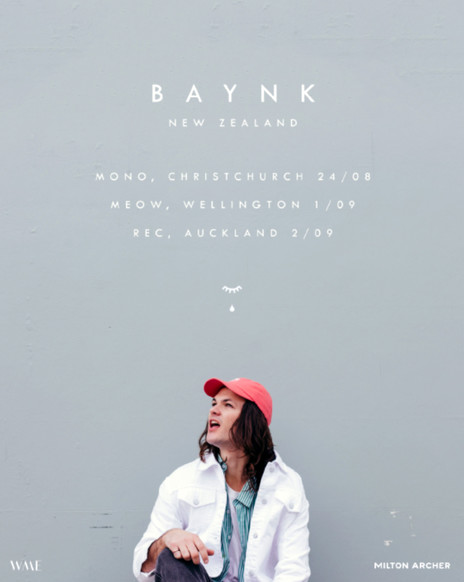
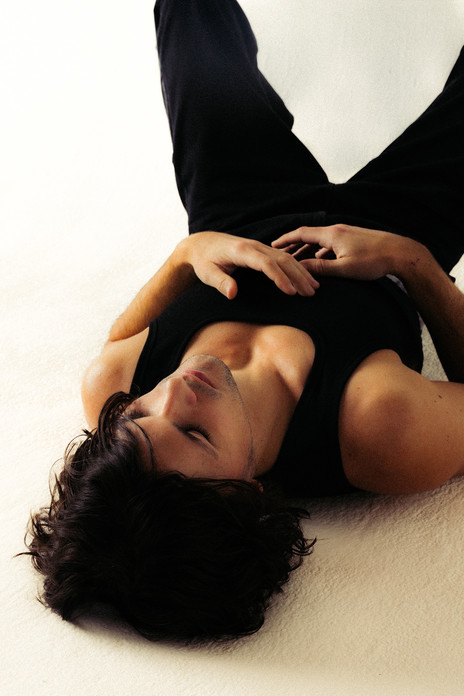
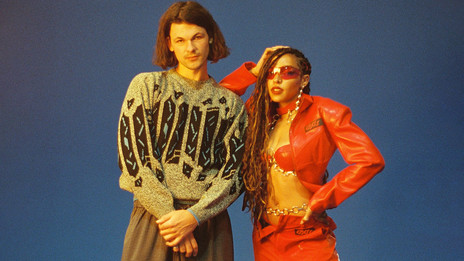
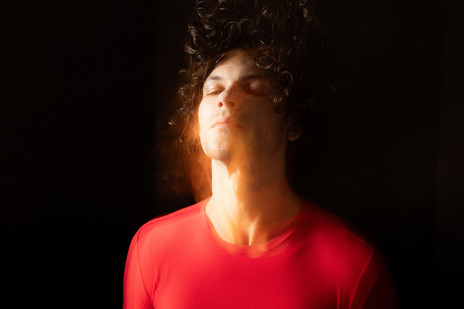

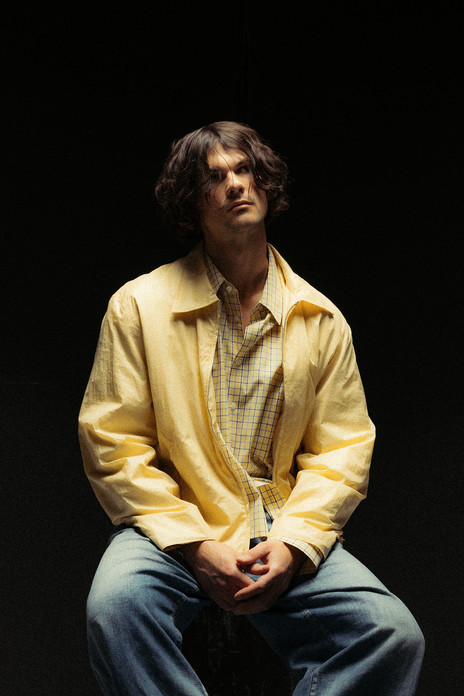

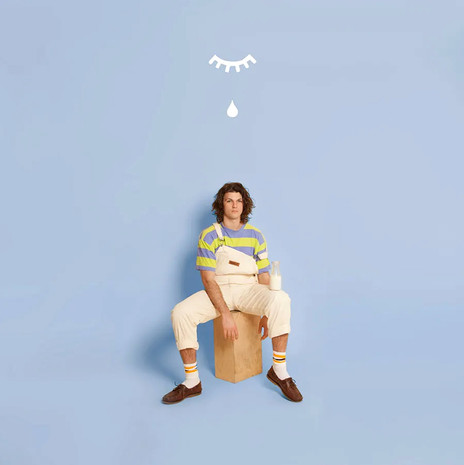
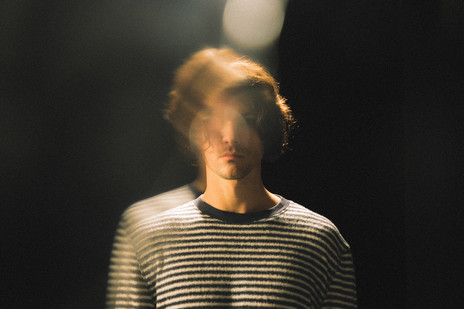
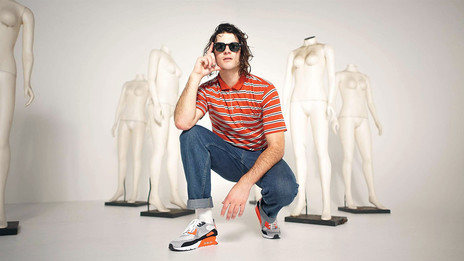
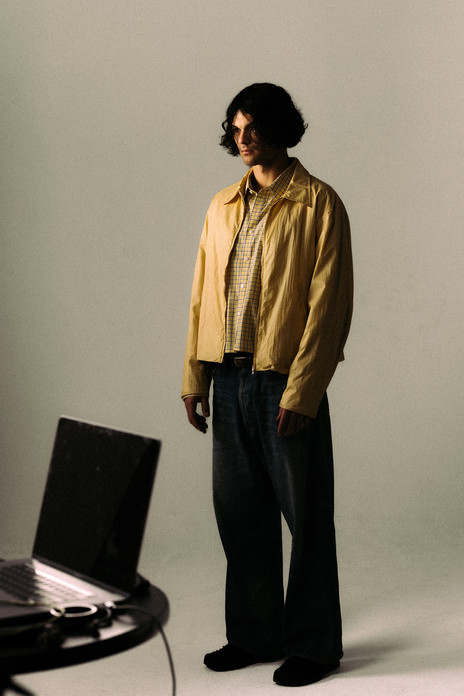
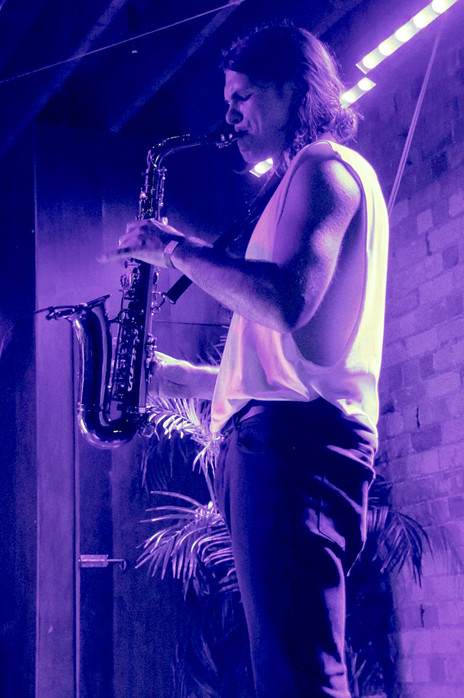
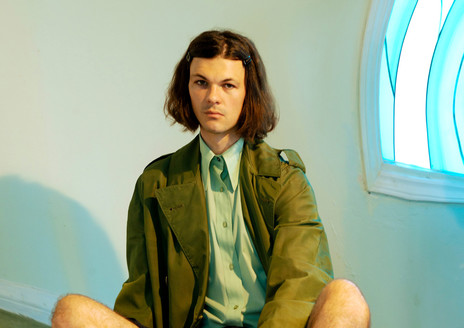
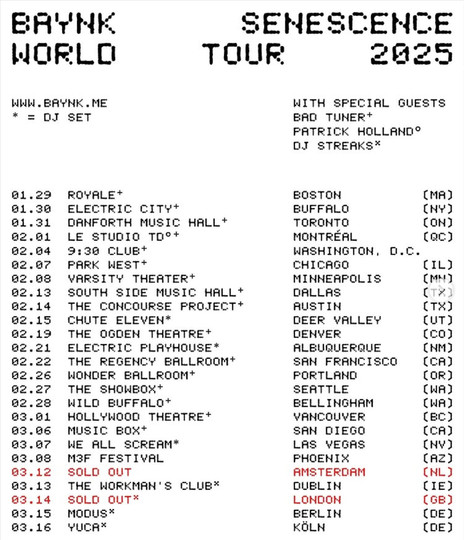
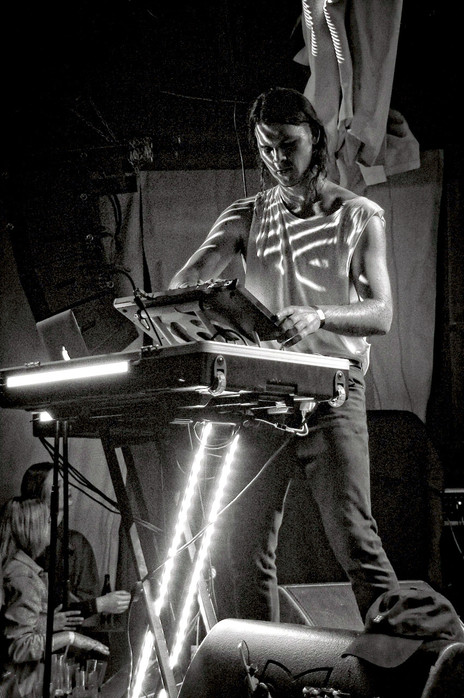
Artist Intelligence Agency
AllPoints
Visit our sister site
NZ On ScreenMade with funding from
NZ On Air